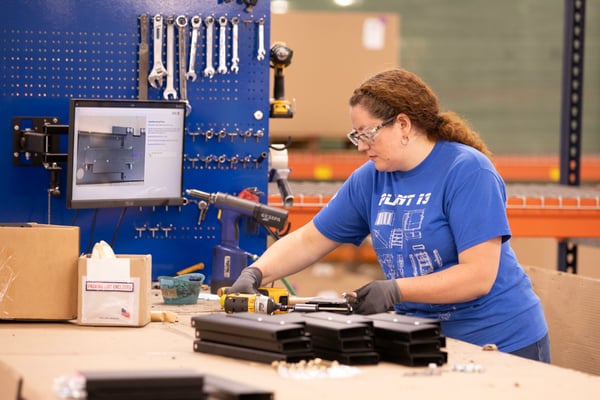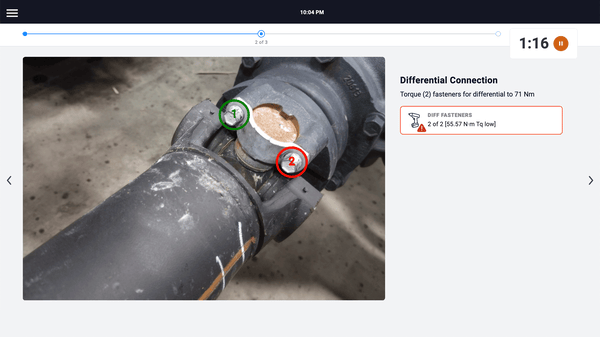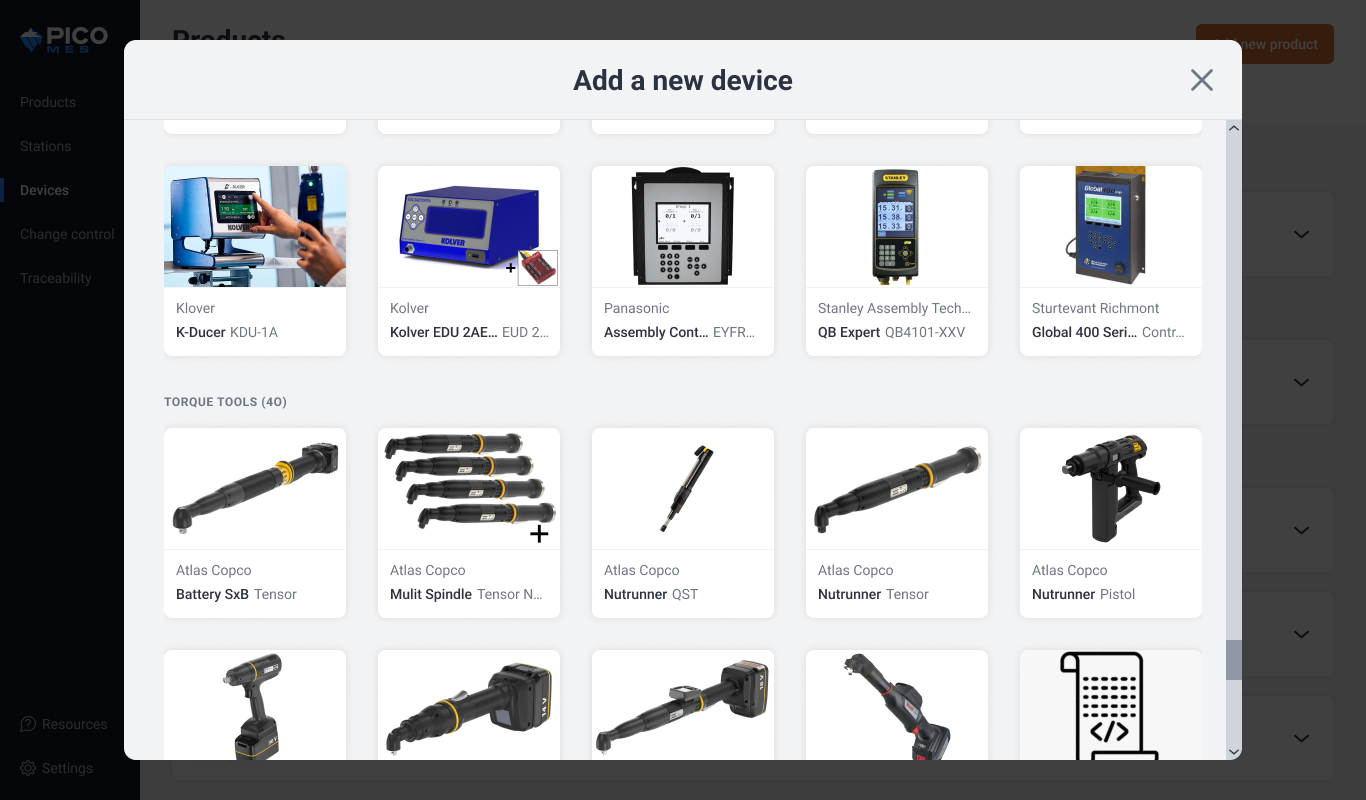#{ item.name }
#{ truncateText(item.metadescription) }
Work instructions are like the Lego step-by-step instructions used by factory operators so they know what to do at each stage of the assembly process. While some steps may be as simple as “screw in this bolt”, others may be extremely complex. Good work instructions handle both cases well and empower factory operators to do their job.
If done right, work instructions enable operators to get their job done efficiently and effectively. If done wrong, they take a long time to write and live in a binder on a shelf where they don’t do anyone any good–or worse, they conflict with a supervisor’s directions because they’re out of date. Here are some tips on how to build effective work instructions:
Work instructions in a binder on the shelf aren’t useful. Operators need easy access, such as on a tablet or touchscreen, in plain view of or directly at the station. Also, don't make it difficult for an operator to learn the correct way of doing something–shadowing someone for months isn't scalable and creates a cognitive burden. Workers can also sometimes be reluctant to ask for help or instructions. By placing the work instructions conveniently in their workspace, they won’t have to.
A picture is worth 1,000 words and videos are 30 pictures a second. Recording a video of an intricate step in the process can eliminate confusion, reduce mistakes, and reduce the burden on supervisors. Even a still image with highlights or circles over what needs to be done can immensely improve accuracy in the process.
Example of digital work instructions that use both photos with annotations and video content to guide operators.

As operators repeatedly do the same work they may learn better ways, recommend new tools, or otherwise change how they approach a step. Maintaining accuracy with paper travelers or paper-based instructions is incredibly tedious. By keeping work instructions up to date, newly hired operators or short-term substitutes filling in don’t miss a beat–maintaining both efficiency and quality. The new operator experiences more success and the substitute can be as productive as the experienced regular. Moreover, version control conflicts are avoided. Good work instructions can be easily modified, improved, and reviewed.
Work instructions that are too high level or cursory do not help new operators do their job. Instructions need to clearly lay out each step so that someone doing it for the first time can understand. However, experienced operators shouldn't be slowed down by requiring them to click through every step to record the desired data. The steps should automatically advance, so an experienced operator might not even notice the instructions (unless they need to look) while a new operator gets the precise direction he or she needs to succeed. Within each work instruction step, there should be plenty of opportunities to provide linked content with extra detail when necessary.
 Work instructions should operate as a guide in the background. It shouldn't be intrusive nor disrupt the workflow, but rather, serve as an aid. Work instructions should be easy to follow, and auto-advances when the steps are correctly completed.
Work instructions should operate as a guide in the background. It shouldn't be intrusive nor disrupt the workflow, but rather, serve as an aid. Work instructions should be easy to follow, and auto-advances when the steps are correctly completed.
Creating work instructions when onboarding new machines, tools, and processes forces the team to be intentional about the process and steps being created. There are efficiency gains just by writing down the process. The important thing to remember is that hoping that factory workers will 'figure things out' is an inefficient approach.
Computer applications like PowerPoint or Word–where work instructions live at many companies–don't integrate with factory tools. Connecting to traditional shop floor devices and automatically adjusting settings on tools prevents mistakes and increases efficiency. For example, a torque tool can be automatically set to a torque of 10Nm and powered on only when the step is started. If that step requires four screws to be installed at that torque value, the work instructions should automatically advance to the next step once all four screws are installed and each torque value data point is captured and saved. This also avoids an operator having to click on a PDF or PowerPoint to see what’s next, and it also reduces errors–making it useful to new and experienced operators alike. Device integration is critical to error-proofing and increasing overall productivity.
 Example shows how Pico MES highlights which fastener is not properly torqued, and will not advance until the operator corrects it. Integrating torque tools with a manufacturing execution system is critical to error-proofing and quality control.
Example shows how Pico MES highlights which fastener is not properly torqued, and will not advance until the operator corrects it. Integrating torque tools with a manufacturing execution system is critical to error-proofing and quality control.
Work instructions are a key aspect of how successful manufacturers enable their workforce, reduce mistakes, and improve retention. Our digital work instructions module can be deployed via the cloud or on-premise and is easy to setup. Sign up for free today.
#{ truncateText(item.metadescription) }
Step into the future of factory operations with Pico MES. Start your journey toward a more efficient, error-proof factory floor today.
